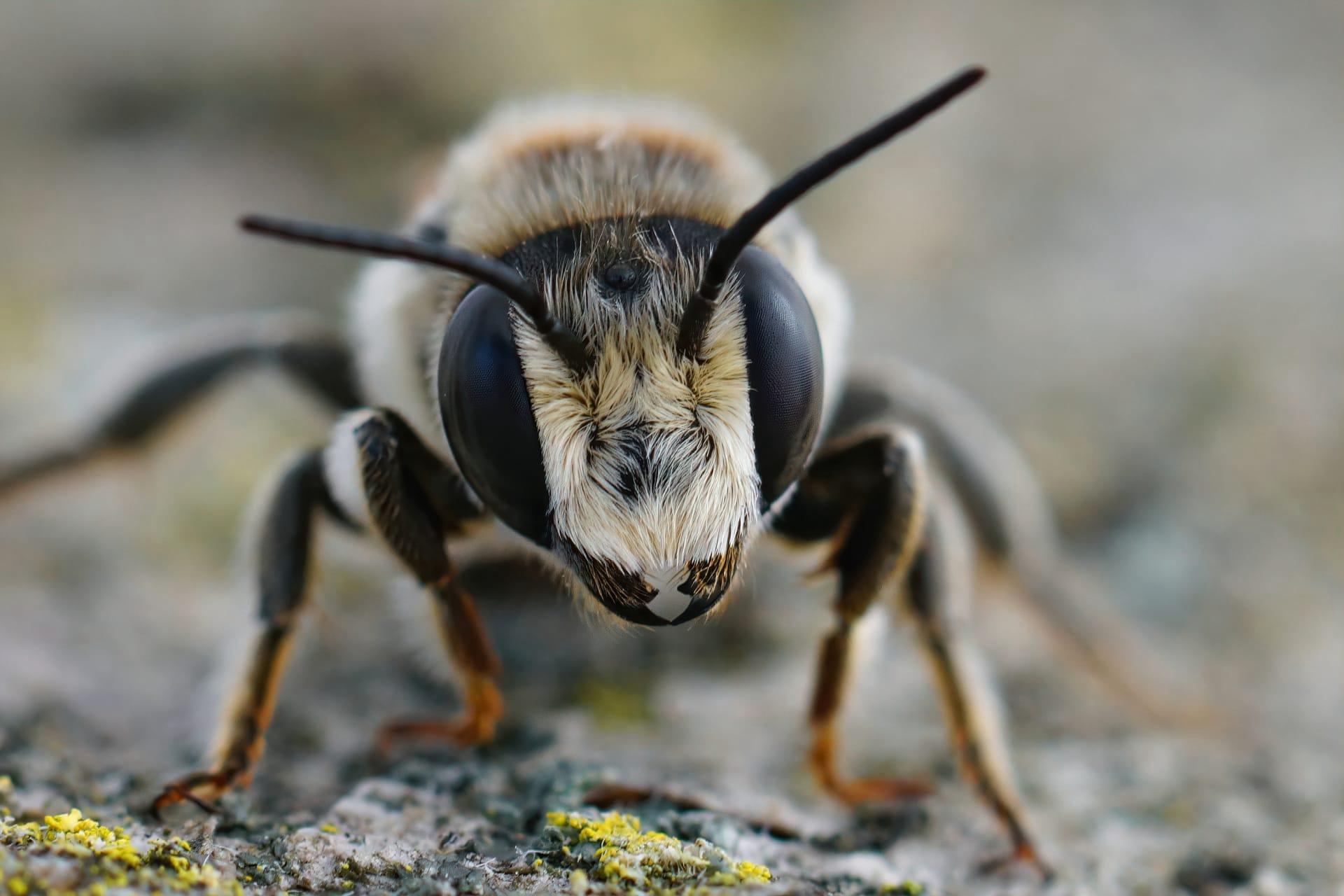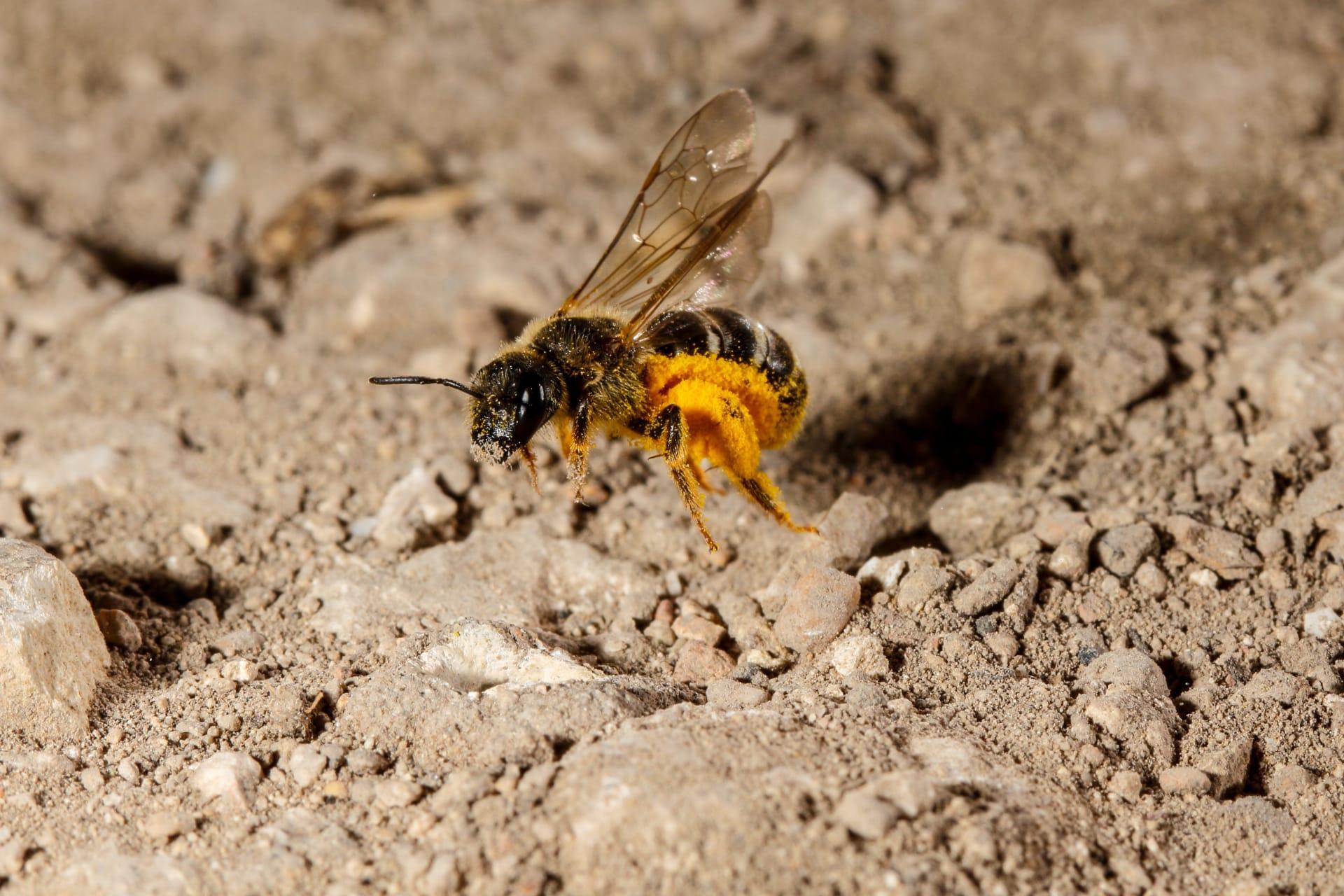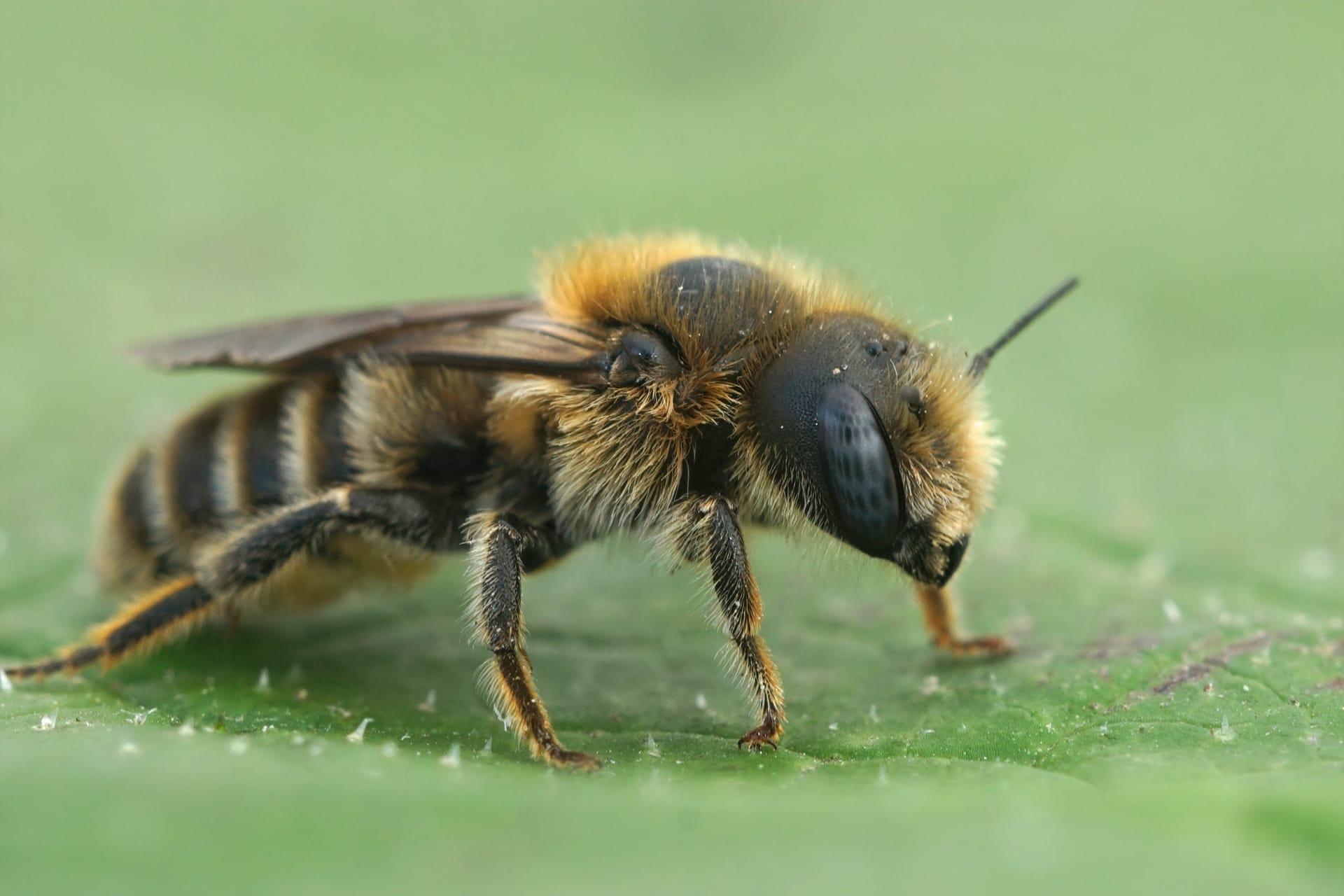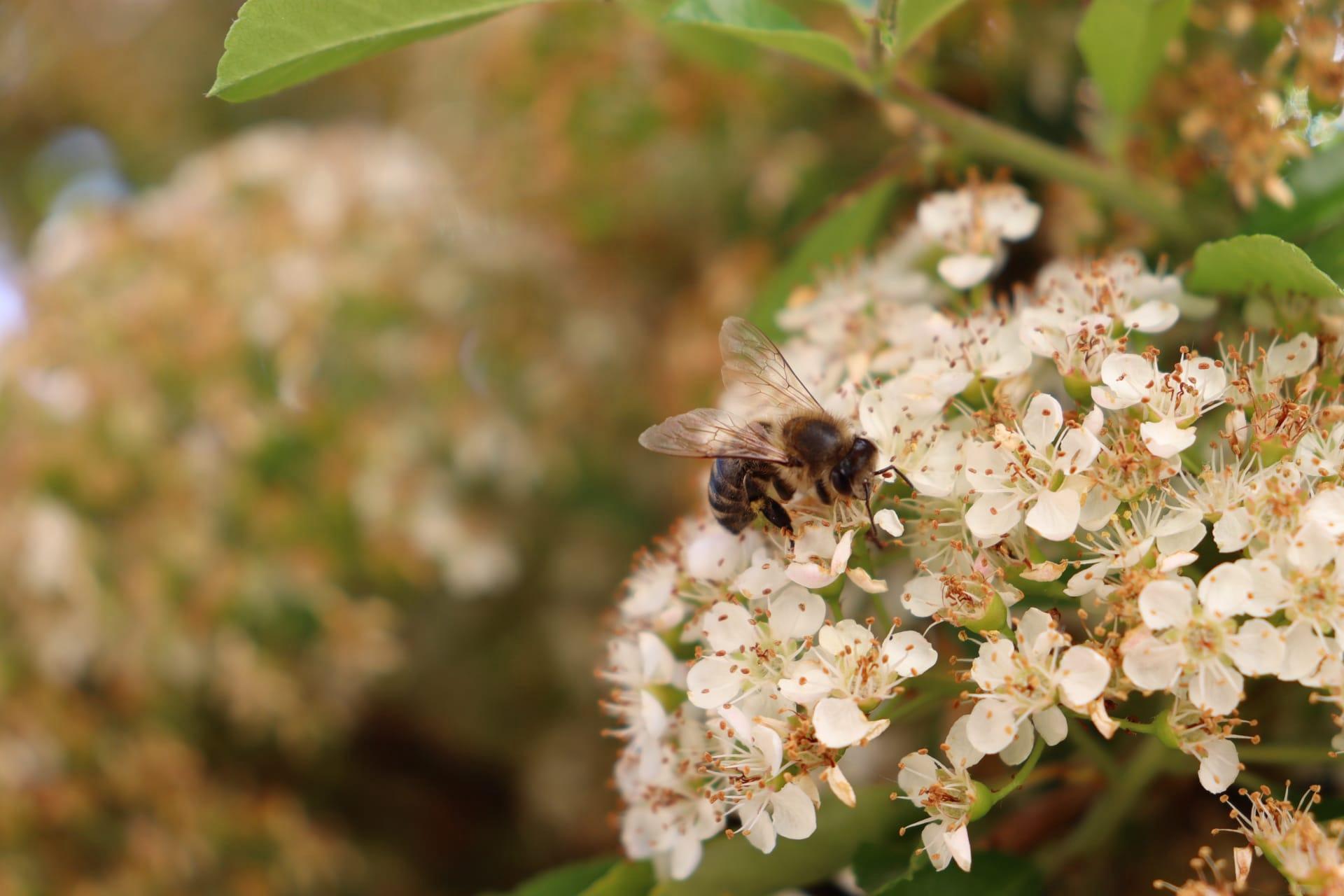Ground Bees Trivia
- Home /
- Trivia Question /
- Animal /
- Ground Bees Trivia
1
Question: What exactly are ground bees, and how do they differ from other bee species?
Answer: Ground bees are a diverse group of bees that, unlike honeybees and bumblebees, nest in the ground. They belong to various genera, like Andrena, Halictus, and Colletes. Typically, ground bees are solitary creatures, meaning each female bee digs her own burrow to lay eggs. They're generally smaller than honeybees, with sizes ranging from about 0.2 to 0.6 inches (5 to 15 mm) in length. These bees play a crucial role in pollination but are less aggressive than their hive-dwelling counterparts.
Question: What kind of habitat do ground bees prefer for their nests?
Answer: Ground bees are choosy about their nesting sites. They prefer well-drained, dry soil and are often found in sunny, sparse lawns or gardens. These bees are excellent at adapting and can nest in a variety of soil types, from sandy to loamy. Their nests are usually not far below the surface, with entrances marked by small mounds of soil, resembling miniature volcanoes about the size of a quarter.

2
Question: Is it true that ground bees are aggressive and likely to sting?
Answer: This is a common misconception. Ground bees are generally non-aggressive and less likely to sting than other bees like honeybees or wasps. Female ground bees have stingers but typically only sting if they feel threatened or provoked. Male ground bees, which are often seen hovering over the ground, don't have stingers at all. Therefore, the risk of being stung by ground bees is relatively low.
Question: Do ground bees cause significant damage to lawns and gardens?
Answer: No, ground bees are not significant lawn or garden pests. Their burrowing activities are usually minimal and don't cause noticeable damage to healthy lawns or plants. In fact, their presence can be beneficial as they aerate the soil and are effective pollinators for many plants and crops.

3
Question: How do ground bees contribute to the ecosystem?
Answer: Ground bees play a vital role in ecosystems as pollinators. They are particularly effective at pollinating early spring flowers, fruits, and vegetables. Their solitary nature means each bee is responsible for its own foraging, leading to the pollination of a wide variety of plants. Additionally, their underground nests help aerate the soil, improving water infiltration and soil health.
Question: What is the lifespan of a ground bee?
Answer: Ground bees have a relatively short life cycle. Adult bees typically emerge in early spring and live for about 4 to 6 weeks. During this time, females mate, construct nests, and lay eggs. The eggs hatch into larvae, which feed on nectar and pollen provisions left by the mother. The larvae then overwinter in the nest, emerging as adults the following spring.

4
Question: Can ground bees be relocated if they nest in inconvenient locations?
Answer: Relocating ground bees is challenging due to their solitary nature and underground nesting habits. It's often more practical to temporarily avoid the area until the bees' active season ends, usually by late spring or early summer. If necessary, professional pest control services can offer non-lethal removal options, but it's always best to preserve these beneficial pollinators whenever possible.
Question: How do ground bees interact with other animals in their habitat?
Answer: Ground bees coexist with various animals in their ecosystem. Predators like birds and small mammals sometimes feed on them or their larvae. However, ground bees also have mutualistic relationships with certain plants, aiding in their pollination. Their underground nests can provide aeration beneficial to plant roots, and they rarely disturb other animals in their habitat.

5
Question: What do ground bee nests look like, and how many bees live in one nest?
Answer: Ground bee nests are characterized by small openings in the soil, often surrounded by loose dirt. Unlike social bees, ground bees are solitary, so each nest typically belongs to a single female and her offspring. The nest consists of several small chambers, each housing an egg and a supply of pollen and nectar for the developing larva. The size and structure of nests can vary depending on the species.
Question: Are there specific times of year when ground bees are more active?
Answer: Yes, ground bees are most active during early spring, which is their breeding season. This is when adults emerge from hibernation, mate, and females begin constructing nests. Their activity usually peaks around late spring and early summer. By mid-summer, adult bees often die off, and their offspring remain in the nests until the following spring.